.jpg) Ákos Tóth
Ákos Tóth
Histories from the blades of grass
About Erika Bartos, the downsizing artist
Erika Bartos is a downsizing artist. When creating her fairytale world, all her observations are traced back to small person size. The world in her case is sometimes one city (e.g. Hoppie’s Tales); the life of a town can be studied via the life of a family or circle of friends ( Anna, Pete and Greg stories); and the communities of the youngest, children and siblings can make up for – of course, to the full – to the family. But if we can find an even lower observation point, why not to adapt to that one. Let’s squat and get on our bellies and let’s observe life from the perspective of not only a child but from a bug, hoping to get closer to the big secret.
 Which obviously does not exist, but there are smaller ones along the way. We are very close, if we are talking about the undertaken, self-conscious “tininess”, namely about miniaturising meant not in a bad sense in relation to the incomparably successfulBerry and Dolly series, which by now includes several books and shows no signs of exhaustion. Erika Bartos in her books established a professionally applied method of sizing, proportioning in a consequent manner both in terms of writing and art. The texts connect the world of the reader and the offered fairytale land with refined reconciliations and links. All these seem to be a rather conscious decision from the very first, introductory part of the series; we can say that this author’s will, knowing and fully overlooking at the created world of its own and responsibility shines through at all levels of the text.
Which obviously does not exist, but there are smaller ones along the way. We are very close, if we are talking about the undertaken, self-conscious “tininess”, namely about miniaturising meant not in a bad sense in relation to the incomparably successfulBerry and Dolly series, which by now includes several books and shows no signs of exhaustion. Erika Bartos in her books established a professionally applied method of sizing, proportioning in a consequent manner both in terms of writing and art. The texts connect the world of the reader and the offered fairytale land with refined reconciliations and links. All these seem to be a rather conscious decision from the very first, introductory part of the series; we can say that this author’s will, knowing and fully overlooking at the created world of its own and responsibility shines through at all levels of the text.


Let’s pay our attention quickly to the most important things, to the characters of the books. Who are they? Bugs, insects, little creatures living close to the ground. Namely they are not emblematic animal characters, but we found ourselves from story to story in an explicit animal fairytale whereby the stories are filled up with symbolic animals empowered by human characteristics or animals modelling human destiny, but in a way, which is completely different from the characters of a classic animal tale and by not using anthropoid characters. We cannot find here any malicious wolf, a cunning fox, a coward bunny rabbit running away from them or a little piggy compensating awkwardness with cleverness. Berry and Dolly and the others are human – because they are – in a way that in the characters adulthood’s “boasting”, literary move of human-orientated existence does not appear.

Erika Bartos kitted up her little world by using unknown species of animals with a significant literary past, and not with wild or domesticated animals. Maybe because both types– or their major representatives – were previously associated with numerous doubtful traditions of incantation and personalisation.

Berry and Dolly are hardly recognisable tiny creatures, who nearly like exotic species welcome new-comer child readers, however we are continuously surrounded by them in real world, hiding, building their nest, alone or joining forces in a pack. It is a different story, that us, human beings during our growing up procedure gradually loose the sharpness, where these crickets and bugs, snails, etc. become visible. Namely in the starting move of Erika Bartos, in the designation of the limits of her world, from the beginning she addresses children’s intelligence – and curiosity and sensitivity of children – and by this creating a children’s world. The world of re-gained – or, in this case not lost – tininess.
 Nearly all Berry and Dolly-stories start with an economic, but not specifically attention-seeking sentence: „On a lovely spring/summer day…” As simple and substitutable this phrase may be, she embeds the starting story – especially through the returning, recognisable greeting- in the world of previous parts, and into the confident and safe universe, which is exclusively owned by Bartos. If we are looking for a scientific definition, we could also say that this little sentence quoted in each book with high accuracy indicates the work’s chronotope system and space-time base. What does this mean? By mentioning a “nice spring/summer day”, right before every event happening in the book, we make it clear that the coming gentle excitement and occasional bravery tests are only temporary derailments of this well-working little world. Basically with respect to the coming book we can calm down, what is nice will really be nice, even if the world sometimes gets disturbed by a few unexpected twists and turns. These tiny hiccups and excitements ensuring the storyline are like dark clouds on a spring/summer sky. They are temporary, they go by. This little exposure may also cast light on an important text feature: thinking in balance and complete cycles. Bartos in her fairytales avoids the temptations of eventuality and leaving any loose threads, amely
Nearly all Berry and Dolly-stories start with an economic, but not specifically attention-seeking sentence: „On a lovely spring/summer day…” As simple and substitutable this phrase may be, she embeds the starting story – especially through the returning, recognisable greeting- in the world of previous parts, and into the confident and safe universe, which is exclusively owned by Bartos. If we are looking for a scientific definition, we could also say that this little sentence quoted in each book with high accuracy indicates the work’s chronotope system and space-time base. What does this mean? By mentioning a “nice spring/summer day”, right before every event happening in the book, we make it clear that the coming gentle excitement and occasional bravery tests are only temporary derailments of this well-working little world. Basically with respect to the coming book we can calm down, what is nice will really be nice, even if the world sometimes gets disturbed by a few unexpected twists and turns. These tiny hiccups and excitements ensuring the storyline are like dark clouds on a spring/summer sky. They are temporary, they go by. This little exposure may also cast light on an important text feature: thinking in balance and complete cycles. Bartos in her fairytales avoids the temptations of eventuality and leaving any loose threads, amely her performance can be followed entirely through from the birth of the complication to the nearly celebration-like closure and solution sorting everything out all and all. Is there any more effective tradition than saying that: our world is a safe place, whereby everyone has his/her own goal by depicting a whole day from morning to evening. The stories are telling us that everything can be fit into one day, nothing goes beyond this limit, thus everything seems to be resolvable, and the certainty of the foreseeable future is able to bring into perspective any disturbance caused by the moment. The venue of the stories is a landscape with hills and valleys located in a temperate zone matches our perspective and at the same time it can be explored and world-scaled. In one hand while doing our exploration trips in this landscape we can always find familiar places (this is even more emphasized by multiple investigation of the houses of the characters), on the other hand at the edge of its known area, long way away we can find an adventurous see and space. Small and large scale, proximity and distance, inside and outside are always in balance, their continuously plotable alteration and cooperation describes the books. This is a little world, which gently and never provocatively includes the experience of larger scale and leaves us space for its exploration.
her performance can be followed entirely through from the birth of the complication to the nearly celebration-like closure and solution sorting everything out all and all. Is there any more effective tradition than saying that: our world is a safe place, whereby everyone has his/her own goal by depicting a whole day from morning to evening. The stories are telling us that everything can be fit into one day, nothing goes beyond this limit, thus everything seems to be resolvable, and the certainty of the foreseeable future is able to bring into perspective any disturbance caused by the moment. The venue of the stories is a landscape with hills and valleys located in a temperate zone matches our perspective and at the same time it can be explored and world-scaled. In one hand while doing our exploration trips in this landscape we can always find familiar places (this is even more emphasized by multiple investigation of the houses of the characters), on the other hand at the edge of its known area, long way away we can find an adventurous see and space. Small and large scale, proximity and distance, inside and outside are always in balance, their continuously plotable alteration and cooperation describes the books. This is a little world, which gently and never provocatively includes the experience of larger scale and leaves us space for its exploration.


(1).jpg)
.jpg)
.jpg)

.jpg)
.jpg)
.jpg)

.jpg)
.jpg)
.jpg)







.jpg)
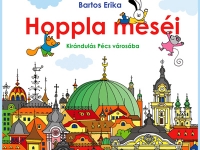
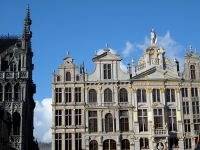
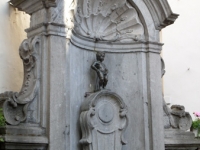
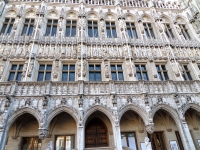

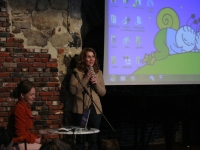
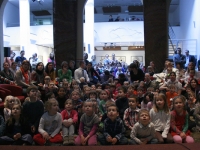
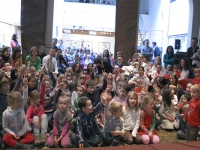
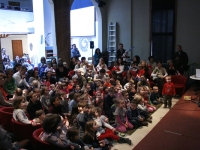
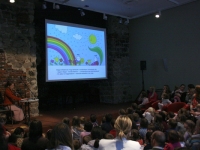
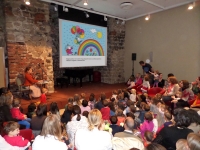
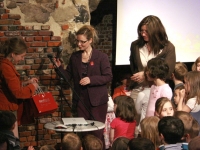
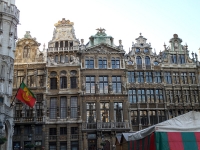
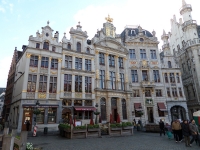

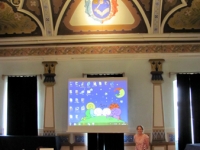
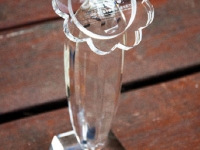
.jpg)